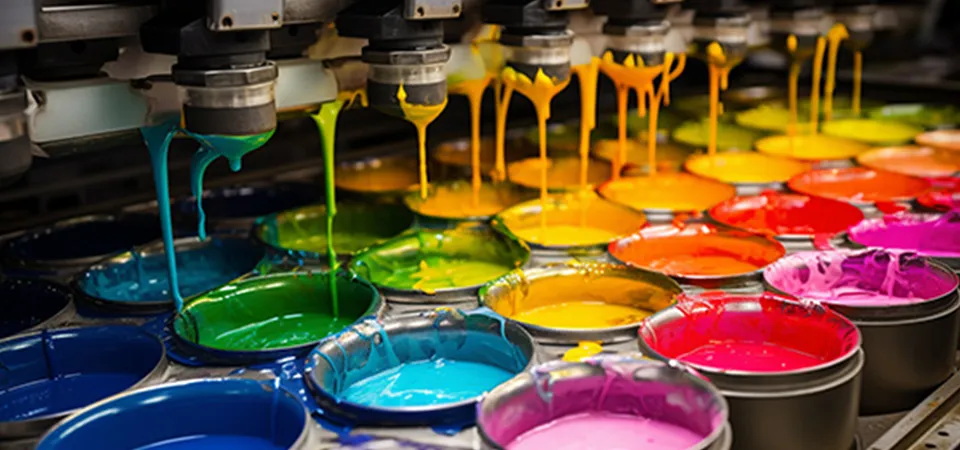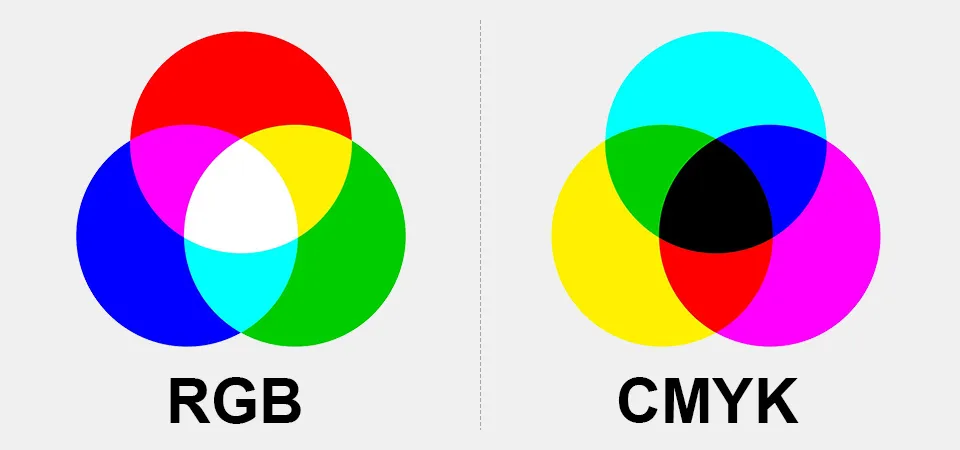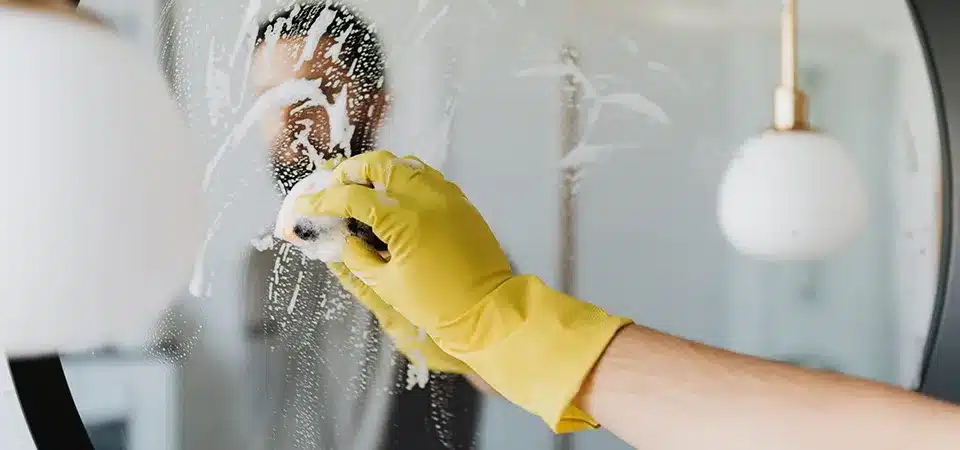Confused by ink types like UV, solvent, and toner? The wrong choice can ruin your sticker's look and durability, wasting your money and hurting your brand's image.
The primary ink technologies for stickers include toner, solvent, UV, dye-sublimation, ElectroInk, and thermal transfer. Each uses a different method to apply color, determining a sticker's sharpness, durability, weather resistance, and overall quality, making the choice dependent on the sticker's final use.
As someone who runs a sticker printing business, the most important conversation I have with a new client is about their sticker's purpose. Will it live on a shampoo bottle in a steamy shower, bake in the sun on a car bumper, or adorn a high-end product box? The answer to that question immediately tells me which ink technology we need to use. The ink is just as critical as the sticker material itself. Let's break down the main players so you can see why.
How does toner ink work for professional sticker printing?
Your office laser printer produces sharp documents, but can that technology work for stickers? Using the wrong kind of toner printing can lead to cracking and poor adhesion on vinyl.
Toner is a fine plastic powder, not a liquid ink. A laser printer uses static electricity and heat to instantly fuse this powder onto the paper, creating sharp, durable images ideal for short runs.
Many people are familiar with toner from their office printers. In the professional world, we use advanced digital presses that work on the same principle but on a much larger scale. It's an incredibly efficient technology, especially for clients who need 500 labels with ten different designs. It's fast, requires no drying time, and is very cost-effective for smaller quantities.
Understanding toner ink
Unlike liquid inks that soak into paper, toner is a dry powder. This powder is made of tiny plastic particles mixed with color pigments. Because it's a dry process, the dots don't bleed or spread, which is why text and fine lines printed with toner look so incredibly sharp and crisp.
How printing with toner works
The process is clever. First, a laser "draws" your image onto a photosensitive drum with a static charge. This charged image then picks up the toner powder. The paper rolls past the drum, transferring the powder image onto its surface. Finally, the paper passes through a hot fuser unit, which melts the plastic in the toner, permanently bonding it to the sticker material.
The benefits of toner
The biggest benefits are speed and sharpness. Since the print is fused with heat, it comes out of the printer completely dry and ready to be cut. It’s perfect for rush jobs. The precision of the laser also means it's one of the best technologies for printing very small text or complex barcodes that need to be highly legible.
Why is solvent ink the best choice for outdoor stickers?
You need stickers that can survive sun, rain, and wind. Standard inks will fade, crack, and peel within weeks, making your brand look unprofessional and temporary.
Solvent ink uses a chemical carrier that etches into the vinyl surface, embedding the color pigments deep within the material. This creates a permanent bond, making the print extremely durable outdoors.
When a client asks for a bumper sticker, a sign for their food truck, or any label that will live outdoors, I immediately recommend solvent printing. I've seen these stickers last for years without fading. The secret isn't just a tough material; it's an ink that becomes part of the material itself.
Working principles of solvent ink
The "solvent" is an oil-based chemical carrier that contains the color pigments. When printed, this solvent softens and slightly dissolves the top layer of the vinyl sticker. This allows the color pigments to sink into the material, not just sit on top of it. As the solvent evaporates, the vinyl surface hardens again, trapping the color inside. It’s this aggressive bonding process that gives it such incredible durability.
Key features
The number one feature is weather resistance. A well-made solvent print can last three to five years outdoors without any lamination, and even longer with it. It’s highly resistant to scratching, water, and UV fading. This makes it the industry standard for anything that needs to be tough, from vehicle wraps and outdoor banners to durable equipment labels.
What makes UV ink so vibrant and durable?
You need your colors to pop and to last, even on difficult materials like metal or plastic. Traditional inks can look dull or refuse to dry, leading to smudges and delays.
UV ink is a liquid photopolymer that cures and hardens instantly when exposed to high-intensity ultraviolet (UV) light. It does not dry by evaporation, so the ink sits on top of the material, keeping its color bright and vibrant.
UV printing is one of the most versatile technologies we have in the shop. Because the ink is cured instantly with light, it doesn't need to be absorbed by the material. This means we can print on almost anything—vinyl, plastic, wood, metal, glass, you name it. For clients who want a premium look with colors that really jump off the sticker, UV is an amazing choice.
Understanding UV ink
Unlike solvent inks that etch into the surface, UV ink sits on top. It’s a liquid until we hit it with a powerful UV lamp that is attached to the print head. The UV energy triggers a chemical reaction that solidifies the ink in a fraction of a second.
Working Principles of UV ink
As the printer head moves across the material and deposits the liquid ink, the UV lamp follows right behind it. By the time the print head has moved a few inches, the ink it just laid down is already 100% cured and hardened. This means the dots of ink don't have time to spread or soak into the material, which is why the colors stay so bright and the details so sharp.
Key features of UV ink
Its key features are vibrancy, durability, and versatility. The colors are brilliant because the ink is not absorbed. The cured ink forms a hard, durable shell that is highly resistant to scratches, chemicals, and fading. And because it doesn't need to absorb, we can print on a huge range of both porous and non-porous materials.
How does dye-sublimation create photo-quality prints?
You want seamless, permanent images on mugs or apparel, but other prints peel and fade. How do you get an image that becomes part of the product itself?
Dye-sublimation uses special ink and intense heat to turn a solid dye into a gas. This gas then permeates the surface of a polyester or polymer-coated material, becoming a permanent part of it.
While we don't use dye-sublimation for standard vinyl stickers, it's a critical technology for certain specialty products, especially promotional items. When a client wants their logo on a coffee mug or a custom lanyard, dye-sub is the way to go. The final result is incredible because there's no "feel" to the print at all; the image is literally inside the surface.
The dye-sublimation process
First, the design is printed with dye-sublimation inks onto a special sheet of transfer paper. This paper is then placed on the item to be decorated (like a polyester shirt or a coated mug). The item and paper are put into a heat press, which heats them to around 400°F (200°C). At this high temperature, the solid dye on the paper turns directly into a gas (this is "sublimation") and the pores of the polyester material open up. The gas flows into the material, and when the heat is removed, the pores close, permanently trapping the dye inside.
The benefits of dye-sublimation ink
The main benefit is permanence. Since the dye is now part of the material, the image cannot crack, peel, or be washed away. It’s completely permanent. Another key benefit is the quality. Because the dye is a gas, it can create continuous tones, resulting in photo-quality images with smooth gradients and no visible dots.
What is ElectroInk and why is it used for premium labels?
Your labels need to match the quality of high-end offset printing, but you only need a small run. Standard digital printing can sometimes lack the richness and sharpness you desire.
HP Indigo's ElectroInk is a unique liquid toner that combines the rich quality of traditional offset printing with the speed and flexibility of digital. It delivers sharp images and an extremely wide color gamut.
For our clients in the cosmetics, wine, and gourmet food industries, appearance is everything. They need labels that scream "luxury." This is where our HP Indigo digital press comes in. It uses ElectroInk to produce labels that are virtually indistinguishable from traditional offset printing, which was previously only possible for massive print runs.
The ElectroInk printing process
ElectroInk is a very complex liquid in which tiny, charged color particles are suspended. Inside the press, these charged ink particles are precisely arranged on a heated blanket to form your image. The ink is then transferred from the blanket to the sticker material as a complete, fully-formed image layer. This single transfer step ensures perfect color registration and an incredibly sharp result.
Key features of ElectroInk from HP Indigo
The number one feature is quality. It can match up to 97% of the Pantone color range, which is far beyond what standard CMYK printing can do. The ink layer is also extremely thin, which gives the label a premium "no-label" look and feel. Finally, it has amazing versatility. ElectroInk can print on a massive range of materials without requiring any special pre-coating, from textured papers to clear films and metallic substrates.
When should you use thermal transfer ink?
You need to print extremely durable barcodes, serial numbers, or industrial labels. Regular inkjet or laser prints can easily smudge or scratch off, making them unreliable for critical information.
Thermal transfer printing uses a heated printhead to melt a solid ink from a plastic ribbon directly onto the label material. This creates a durable, long-lasting image that resists chemicals and abrasion.
While most of my business is focused on full-color branding, we also serve clients in manufacturing and logistics. For them, reliability is more important than color. They need a barcode that can be scanned after being handled, exposed to chemicals, or stored in a hot warehouse. For these jobs, thermal transfer is the only technology that offers the required level of durability.
Working principles of thermal transfer ink
The printer uses a printhead that is the full width of the label and contains hundreds of tiny heating elements. Between the printhead and the label is a thin ribbon coated with a solid wax or resin-based ink. As the label and ribbon pass under the printhead, specific elements heat up instantly, melting the ink off the ribbon and fusing it onto the label stock.
Features of thermal transfer ink
The standout feature is extreme durability. Depending on the ribbon used (wax, wax-resin, or full resin), the print can resist everything from smudging and scratching to harsh chemicals, extreme temperatures, and outdoor UV exposure. It is the go-to technology for printing sharp, high-contrast, and scannable barcodes, batch codes, and warning labels that absolutely cannot fail. It is mostly used for single-color printing, typically black.
Conclusion
From durable outdoor vinyls to premium product labels, choosing the right ink is crucial. The technology you need depends entirely on your sticker's look, feel, and final purpose.














